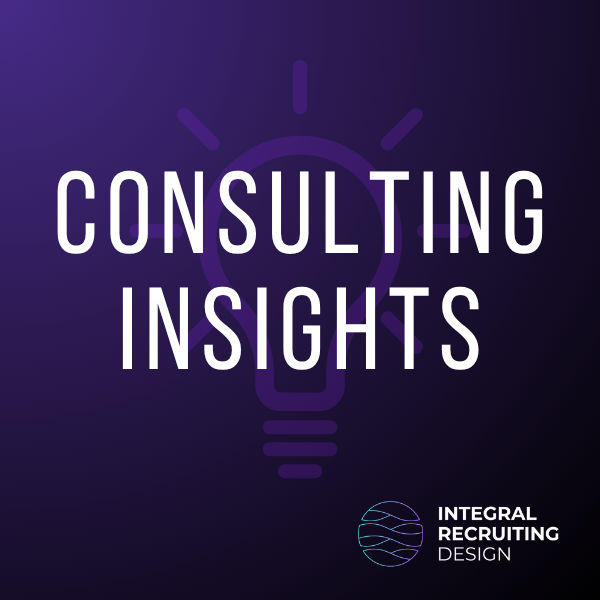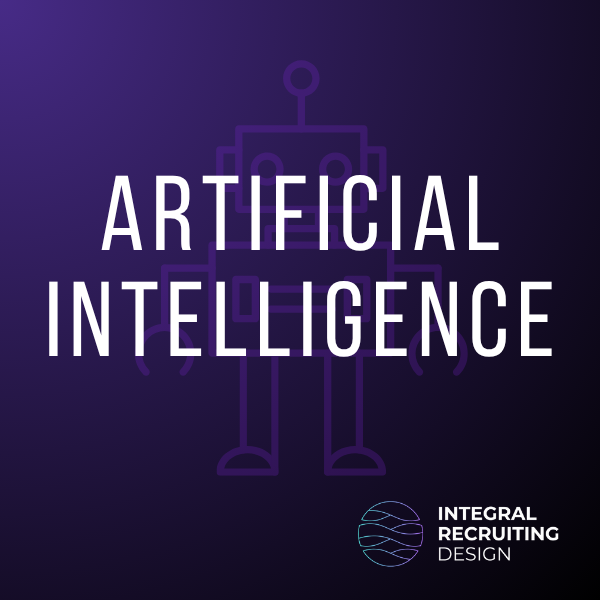If I had a dollar for every time an organization came to me insisting they needed to migrate all of their data from a previous system to a new one, I might be able to take a nice vacation to Tahiti.
One of the biggest fallacies organizations fall into during system optimizations, company mergers, or new system implementations is believing they need every piece of historical data for their business to function smoothly.
This “digital pack rat syndrome” is something I’m personally guilty of. At my previous organization, I spent 10 years meticulously storing every email I’d ever received in carefully organized folders.
But this isn’t simply a matter of not taking time to evaluate what’s truly needed versus what isn’t. There are significant implications around data migration that many people don’t fully consider.
The Technical Complexity Challenge
The complications begin with field-to-field mapping and identifying where similar data can be transferred from the previous system to the new one. This process requires an enormous amount of work.
The lift is massive, especially depending on the size of the databases involved.
Data mismatches create immediate headaches. For instance, one field might be a dropdown in the previous system, while the corresponding field in the new system uses a different type of dropdown that doesn’t directly translate.
Or you might encounter a numeric field in one system that needs to map to a text field in another.
Process mismatches present another layer of complexity. A workflow step in one system might be slightly different and produce a slightly different outcome in the destination system.
There are thousands of small decisions that need to be made when migrating information from disparate systems with different functions into a cohesive, usable system for your end users.
Legal and Compliance Risks
Data migration often runs directly against data privacy regulations like GDPR in the EU, CCPA in the United States, and similar laws worldwide.
Organizations can inadvertently create compliance issues by migrating data they shouldn’t retain or by failing to properly handle personal information during the transfer process.
The Vendor Data Export Temptation
Most vendors are contractually required to provide organizations with their data when transitioning away from their platform. However, this exported data typically comes in formats that aren’t immediately usable.
Often as CSV files, database dumps, or proprietary formats that don’t integrate seamlessly with your new system.
This creates a significant temptation to migrate everything simply because “we have it all right here.” The reasoning becomes: “Since we went through the effort to extract all this data, we might as well use it.”
But having access to data doesn’t mean you should migrate it all.
Fortunately, there are alternative approaches to manage legacy data without full migration. Organizations can maintain access to historical information through various systems and tools:
Data warehouses that can store and query legacy information separately from operational systems.
Business intelligence platforms like Tableau, Power BI, or Looker that can connect to archived datasets for historical reporting.
Database archival solutions that keep old data accessible but separate from active systems.
API-based integration tools that can pull specific historical records on demand.
Cloud storage solutions with query capabilities like Amazon S3 with Athena, or Google BigQuery.
Legacy system maintenance where the old system is kept in read-only mode for reference purposes.
These approaches allow you to maintain compliance and access to historical data without compromising the performance and integrity of your new operational system.
The Clean Database Advantage
I’m a strong proponent of maintaining clean databases. I frequently hear horror stories about organizations struggling to generate accurate reports from their systems because they migrated unused data they didn’t actually need.
Legacy data often contains inconsistencies, outdated information, and formatting issues that can corrupt the integrity of your new system.
For example, in an Applicant Tracking System (ATS), you can request that candidates apply fresh to new job postings. This approach gives you a current dataset with up-to-date resumes and active information, rather than wrestling with 5, 10, 15, or even 20-year-old data that’s no longer relevant.
When Data Migration Makes Sense
While I advocate for caution, there are specific scenarios where data migration is appropriate and necessary:
Employee Profiles – Current staff information is essential for HR systems and should be migrated to maintain continuity.
Active Requisitions – Current job openings and their associated data need to transfer to avoid disrupting ongoing hiring processes.
Recent Historical Data – Typically one year of historical information provides sufficient context for reporting and trend analysis without overwhelming the new system.
Regulatory Requirements – Data that must be retained for compliance, reporting, or legal purposes should be migrated according to specific retention policies.
The Bottom Line
The advice I give to every organization is to be extremely cautious when stakeholders request comprehensive data migration. The technical complexity, legal risks, and potential for data quality issues often outweigh the perceived benefits of having complete historical records.
Instead of defaulting to “migrate everything,” start with the question: “What data do we actually need to operate effectively?”
You’ll likely find that a much smaller, cleaner dataset serves your organization better than a complete but unwieldy migration of legacy information.
Remember, sometimes the best way to move forward is to leave the past behind.



